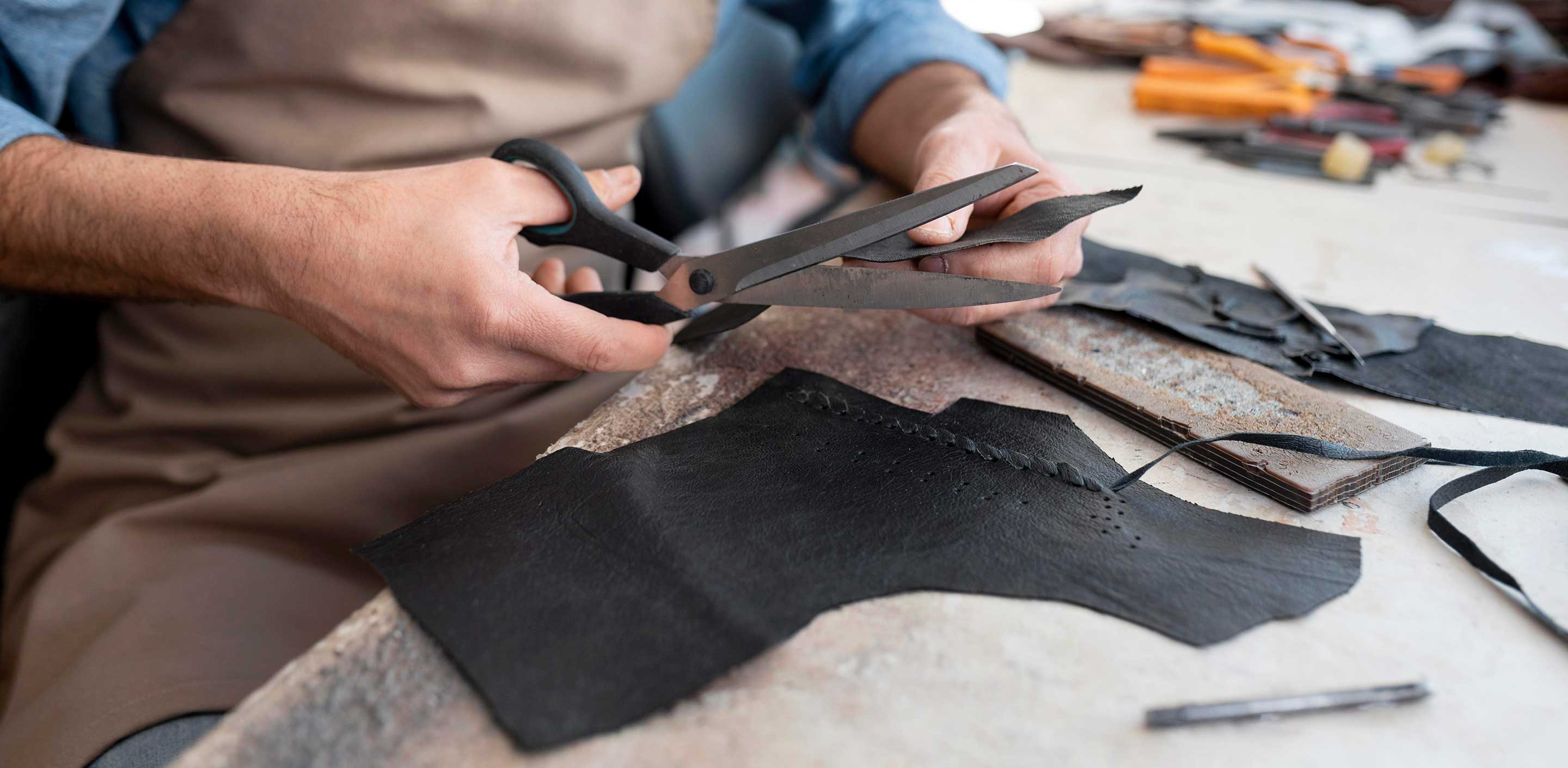From Tanneries to Trends: 14 Hidden Gems in the Story of Leather

Leather, a material steeped in history and tradition, continues to fascinate and function in modern society. This exploration delves into the nuances of leather, from its ancient origins to the contemporary era, revealing its multifaceted role in human culture and innovation.
Ancient Origins
The utilization of leather dates back to prehistoric times when early humans discovered the durability and versatility of animal hides. This discovery was revolutionary, providing essential materials for clothing, shelter, and tools. Ancient civilizations, such as the Egyptians and Romans, further advanced the art of leatherworking, employing various tanning methods to enhance its durability and aesthetic appeal.
Tanning Process
Tanning is the cornerstone of leather production, transforming raw hides into durable, long-lasting materials. Historically, tanning involved natural substances like tree bark and vegetable extracts, a method still appreciated today for its environmental sustainability. The introduction of chrome tanning in the 19th century revolutionized the industry, offering faster processing times and enhanced leather qualities, albeit with greater environmental concerns.
Durability and Strength
Leather's enduring popularity is largely attributed to its exceptional durability and strength. Its natural fiber structure provides resistance against wear and tear, making it an ideal choice for high-usage items like footwear, furniture, and outerwear. Properly maintained leather can last for decades, developing a unique character over time.
Breathability and Comfort
Unlike synthetic materials, leather offers unparalleled breathability and comfort, thanks to its porous nature. This allows air and moisture to circulate, making leather products comfortable to wear and use across different climates and conditions.
Varieties of Leather
Leather's versatility is evident in its various types, each suited to specific applications:
- Full-Grain Leather: The highest quality leather, retaining the hide's natural surface.
- Top-Grain Leather: Slightly refined, with a thinner and more flexible finish.
- Corrected-Grain Leather: Imperfections corrected for a uniform appearance.
- Split Leather: Derived from the lower layers of the hide, often used for suede.
- Exotic Leather: Made from non-traditional sources, offering unique textures and patterns.
Leather Products
Leather's application extends beyond traditional clothing and accessories to include luxury car interiors, premium furniture, and even high-end technology accessories, demonstrating its adaptability and enduring appeal.
Leather Care
Caring for leather is essential for preserving its quality and extending its lifespan. Regular cleaning, conditioning, and proper storage protect the leather from drying out, cracking, and other forms of damage, ensuring it remains a cherished part of wardrobes and homes.
Sustainable Leather
The leather industry faces environmental and ethical challenges, prompting a shift towards more sustainable practices. Innovations like vegetable tanning, recycling, and the development of lab-grown leather aim to reduce the environmental impact while maintaining leather quality and desirability.
Leather Grades
The grade of leather influences its texture, appearance, and overall quality. From the premium full-grain to the more affordable genuine leather, each grade offers distinct characteristics suited to different needs and preferences.
Patina
One of the leather's most coveted attributes is the patina it develops over time. This natural aging process, resulting from use and exposure, adds depth and character to leather goods, making each piece uniquely personal.
Exotic Leather
Exotic leathers, sourced from animals like alligators, ostriches, and pythons, are prized for their distinctive textures and patterns. While they offer a touch of luxury and uniqueness, ethical and sustainability considerations are increasingly important in their use and sourcing.
Leatherworking
The craft of leatherworking is as old as the leather itself, involving skills like cutting, stitching, and dyeing. Today, leather artisans combine traditional techniques with modern innovations to create items that blend functionality with aesthetic beauty.
Leather and Fashion
Leather's impact on fashion is undeniable, offering a blend of practicality and panache. From the classic leather jacket to avant-garde designs, leather continues to be a staple in fashion, symbolizing both rebellion and elegance.
Leather in Literature and Pop Culture
Leather has left an indelible mark on literature and pop culture, embodying strength, adventure, and style. It's a material that has clothed heroes and rebels alike, from the pages of epic sagas to the silver screen, showcasing its timeless allure.
Conclusion
Leather's journey from ancient material to modern marvel is a testament to its enduring value and versatility. As we continue to explore and innovate, the legacy of leather is sure to evolve, melding tradition with sustainability, and craftsmanship with technology, ensuring its place in our lives for generations to come.


